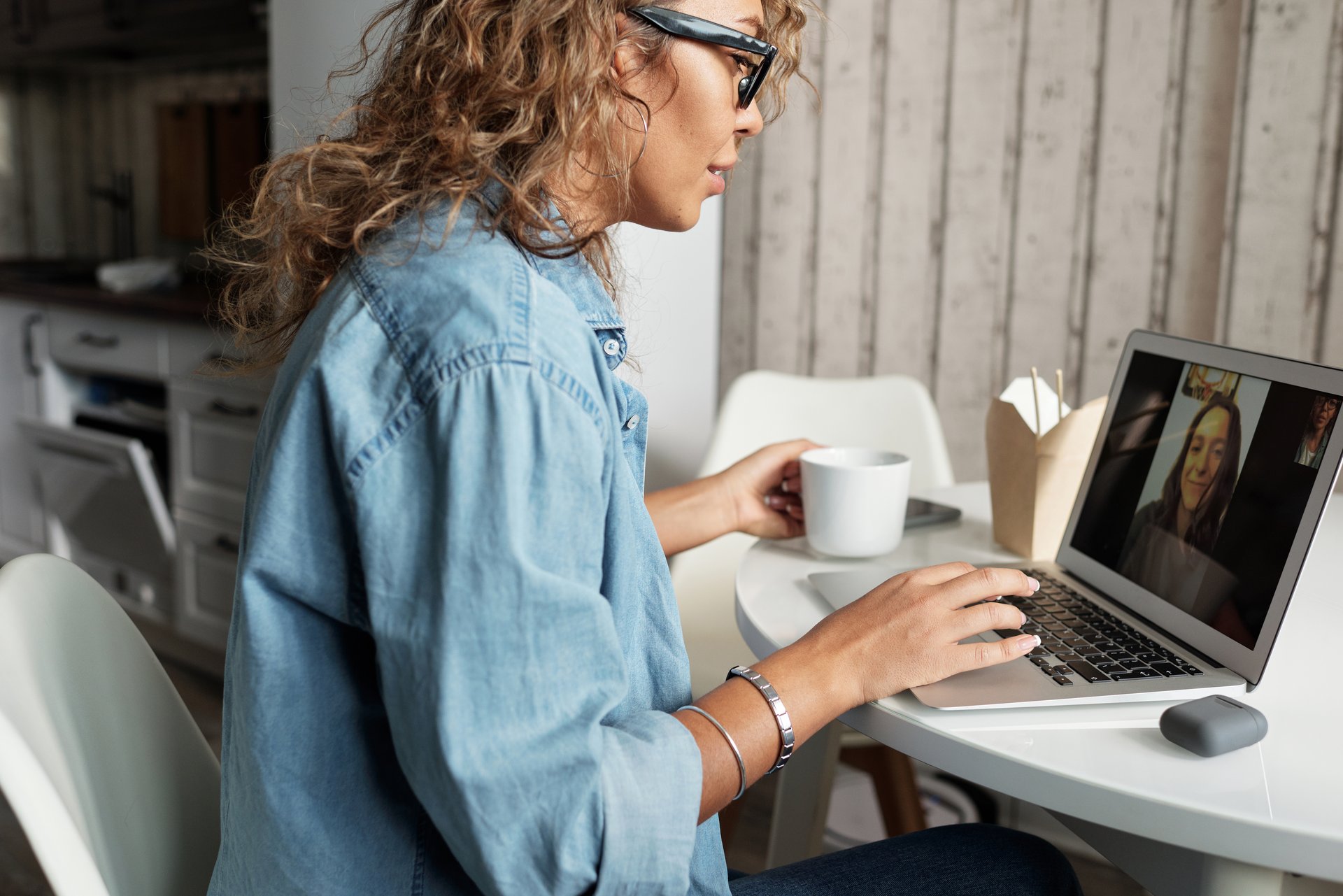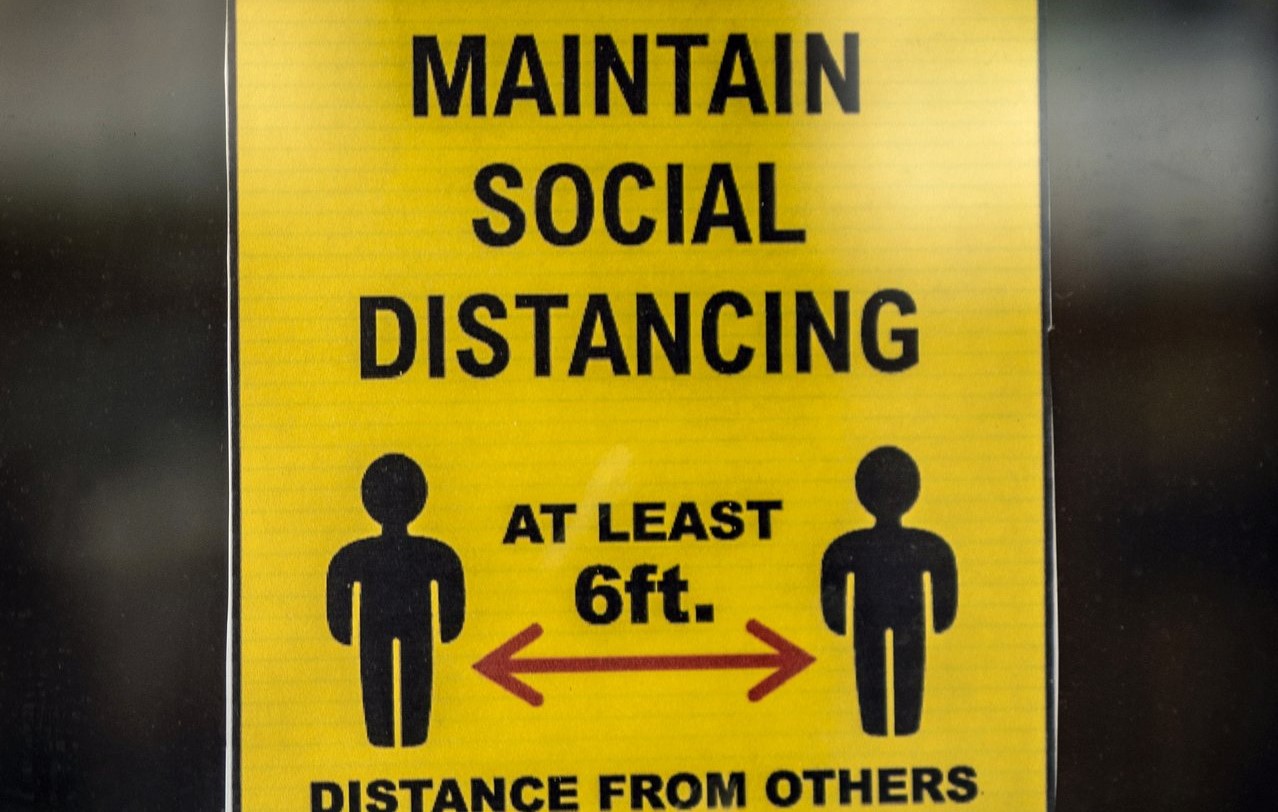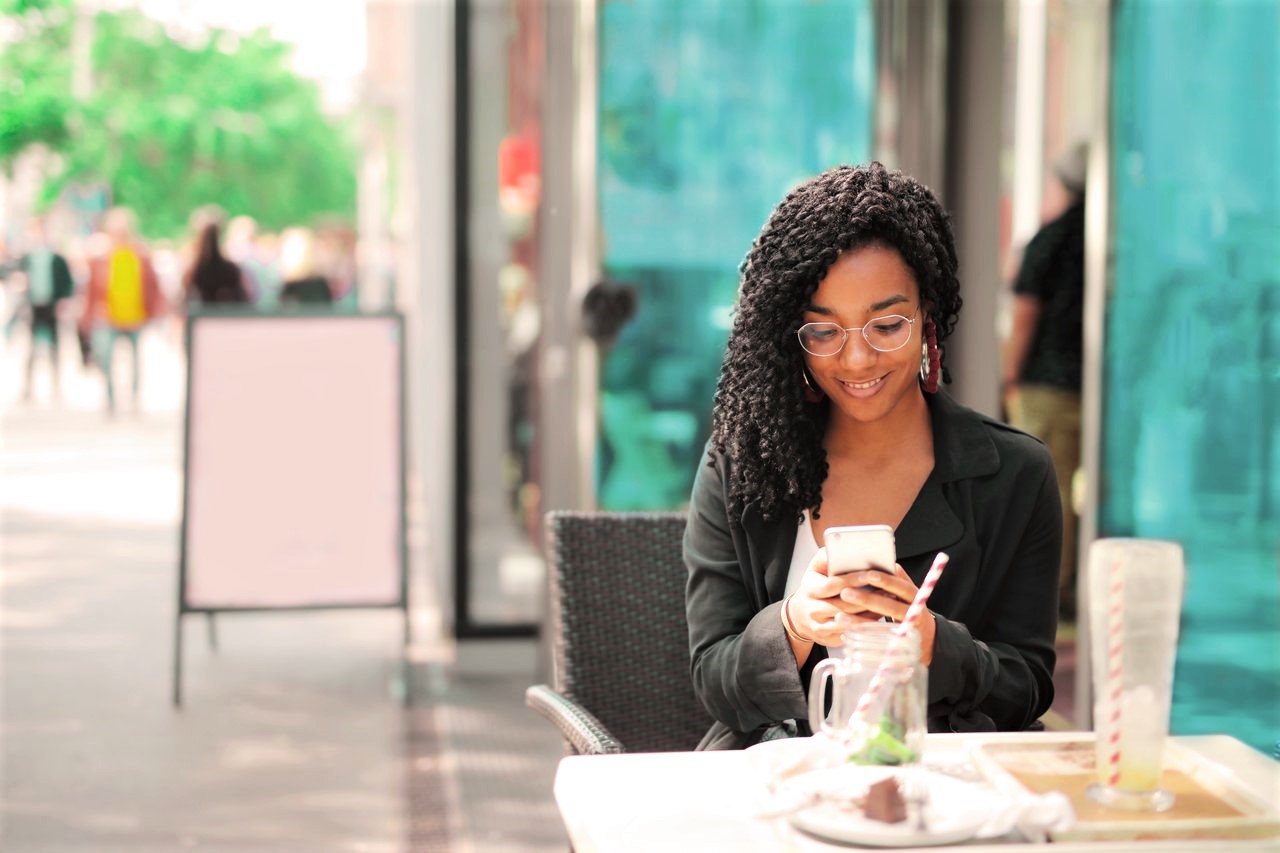COVID-19 public health advisories for “social distancing” came fast and hard in my city in March 2020. The months after were difficult for me. I like hanging out with friends and family (although my busy schedule doesn’t allow for this as much as I’d like). Sadly, all of those meetups were canceled. There are things that I like to do that physical distancing requirements wouldn’t allow. And events and gatherings I’d planned to attend months ago – woosh, vanished.
That wasn’t even the tough part. What hit hard was seeing my uninfected patients impacted by the new laws telling everyone to keep their distance. Dying patients passing away alone. Pregnant patients delivering with one or no support person. New moms isolated at home. Families living apart from each other in the name of keeping everyone healthy and safe.
Slowly but surely, I became quite annoyed with this “social distancing” mantra.
Social vs physical distancing
Maybe you’ve been living under a rock and have no idea what social distancing is. To be honest, I had never heard of the phrase “social distancing” until March 2020. Right now, the phrase conjures up visions of staying at least six feet away from people, limiting gathering sizes, and staying home as much as possible. Unfortunately, the phrase has been used synonymously with the more appropriate phrase “physical distancing”. The two are not the same.
Physical distancing is a non-pharmacological way of preventing an infectious disease from spreading by limiting close contact with people3. This is what has been advised of us to do if we want to stop the spread of COVID-19. Physical distancing involves staying a specified distance away from a person when engaging in a conversation or activity3. The intervention requires limiting the number of people together at any one time and avoiding crowded areas3. Physical distancing means avoiding handshakes, fist bumps, and other typical greetings3. This is what is meant by #StayingAtHome. However, I think people have taken physical distancing so seriously that it has led to social distancing.
If you find you’ve socially distanced yourself and want to reconnect while maintaining physical distance, check out my FREE 14 Physically Distanced Fun Activities resource for ideas on how to maitain social connection.
Define social distancing
You may be wondering if we really need to define social distancing. Afterall, just Google the phrase or look at the definition on Merriam-Webster, and everything I mentioned about physical distancing comes up. Why make the distinction?
Because social distancing is causing more harm than good. It is not achieving the government’s goal of keeping everyone healthy.
Social distancing is part of the spectrum of socially isolating oneself from social supports. (Social supports are the emotional, mental, spiritual, financial, and various other forms of care provided by family, friends, colleagues, neighbours, etc.2) This version of distancing can be as subtle as not smiling at your neighbor or avoiding eye contact with people, to decreasing the frequency of once enjoyed interactions with people, to full blown seclusion from a person’s friend group, detachment from loved-ones, and people “ghosting” each other. It is very different from physical distancing, which doesn’t call for someone to socially isolate themselves from others.
My social distancing journey
For me, I felt disconnected from my friends and family for a little while a few months ago, when everything was at the peak of lockdown. Like I said, I enjoy talking to people face to face and meeting up with a large group of friends and family. At one point, when news of the need to “social distance” was at an all-time high, I took it to the extreme and started to socially isolate myself, not realizing that what the government really meant for me and everyone else to do was physically distance ourselves from each other. Not cut ties with our social supports.
Withdrawal set in
How have you felt throughout this pandemic? Has physical distancing instilled the desire to socially connect with people or driven you to isolation? For a few people, it’s been the latter. At first, I felt compelled to reach out to all my friends via text messages. I started a virtual devotional study for our women’s ministry at church. I’d call extended family members more often. But the toll of physical distancing began to increase, especially every time I had to work in the hospital, and I just couldn’t keep up socially anymore. I began to withdraw. It took me longer to reply text messages (and I already take pretty long). I was less engaged in conversations and looked forward to being alone. Because being alone was the only non-changing aspect of my constantly-changing world.
Anyone else relate?
Consequences of social isolation
There’s plenty of research out there that describes the consequences of social isolation. They include, but are not limited to2,6:
- Loneliness – feeling of disconnectedness or isolation (vs. actually being isolated yet not feeling that way)
- Increased risk of mental health disorders (example: depression, anxiety, schizophrenia, suicide)
- Increased risk of burnout (“chronic workplace stress”7)
- Sleep disturbances – trouble falling and/or staying asleep
- Weakened immune system
- Weight gain
Social distancing can lead to social isolation, which impacts every aspect of a person’s health – mental, emotional, spiritual, and physical. Social distancing is not something we should be doing.
What can you do?
Before COVID-19, socially connecting with friends and family wasn’t difficult for a majority of people. Now, coming up with ideas on how to hangout with loved ones in a meaningful way that respects physical distancing might be a challenge. There are popular video chat and meeting apps that are helpful. They’ve allowed people to hangout, watch movies together, play games, eat a good meal together, and more. There’s an article that lists things a person can do depending on the type of negative impact they’re experiencing from physical distancing. It lists basic principles, but I think those principles are a good reminder of what actions someone can take if they feel anxious, lonely or stressed.
Number one thing
I believe the number one thing to do during this pandemic is to fight the urge to disengage. It can be so tempting to throw your hands in the air (and wave them like you just don’t care!) and decide to talk to people later, put off a gathering with loved ones, or stay at home 24/7 and wait for 2020 to be over. Such actions can lead to social isolation, and we wouldn’t want that.
Human beings are hardwired for relationship. It’s fair to say that, for some people, this particular coronavirus is making it very hard to have meaningful relationships. I don’t know why some of us (myself included) withdraw from our support system when life gets tough, when we feel alone, when we’re unsure of the way forward. Going into social hiding can amplify our feelings of loneliness, thoughts of despair, and fears and concerns. Engaging with good social supports does the opposite. It enhances resiliency to stressors, strengthens mental wellbeing, and decreases the morbidity associated with medical conditions and all-cause mortality4,5. Further research shows that social supports are particularly important for the mental health of women, older people, those admitted in the hospital, and students1. Your relationships are very important!
The good fight
So instead of withdrawing and social distancing, fight even harder for the number one thing: your relationships. Find ways to keep connecting with people. Schedule times to call family members regularly. Go on a physically distanced walk with a friend. Plan to go grocery shopping at the same time as someone you haven’t seen in a while, maintaining appropriate safety measures of course. Smile at a neighbour when leaving your home. Write a letter to someone you miss. Have a video chat marathon. Sis, don’t give up the good fight of staying connected. It’s what your mind, soul, and body desire.
Get my FREE 14 Physically Distanced Fun Activities resource for ideas you could try that encourage social connection.
Also, please like and share this post with your friends and share in the comments below how you’re connecting with your social supports!
- Harandi, T. F., Taghinasab, M. M., & Nayeri, T. D. (2017). The correlation of social support with mental health: A meta-analysis. Electronic physician, 9(9), 5212–5222. https://doi.org/10.19082/5212
- Institute of Medicine (US) Division of Health Promotion and Disease Prevention; Berg RL, Cassells JS, editors. The Second Fifty Years: Promoting Health and Preventing Disability. Washington (DC): National Academies Press (US); 1992. 14, Social Isolation Among Older Individuals: The Relationship to Mortality and Morbidity. Available from: https://www.ncbi.nlm.nih.gov/books/NBK235604/
- Public Health Agency of Canada. (2020, June 26). Physical distancing: How to slow the spread of COVID-19 – Canada.ca. Government of Canada. https://www.canada.ca/en/public-health/services/publications/diseases-conditions/social-distancing.html
- Ozbay, F., Johnson, D. C., Dimoulas, E., Morgan, C. A., Charney, D., & Southwick, S. (2007). Social support and resilience to stress: from neurobiology to clinical practice. Psychiatry (Edgmont (Pa. : Township)), 4(5), 35–40.
- Reblin, M., & Uchino, B. N. (2008). Social and emotional support and its implication for health. Current opinion in psychiatry, 21(2), 201–205. https://doi.org/10.1097/YCO.0b013e3282f3ad89
- Santini, Z.I., Jose, P.E., Corwell, E.Y., Koyanagi, A., Nielsen, L., Hinrichsen, C. (2020, January). Social disconnectedness, perceived isolation, and symptoms of depression and anxiety among older Americans (NSHAP): a longitudinal mediation analysis. The Lancet Public Health, 4(1), e62-e70. Doi: https://doi.org/10.1016/S2468-2667(19)30230-0
- World Health Organization. (2019, May 28). Burn-out an “occupational phenomenon”: International Classification of Diseases. https://www.who.int/mental_health/evidence/burn-out/en/
Vee Mawoyo
I balance the roles of mother, wife, Family Medicine resident, and associate pastor. Outside of coaching people on how to optimize their wellbeing, I’m regularly looking for ways to support ladies in living more meaningful lives. I enjoy leading devotional studies, facilitating classes and workshops on medical topics, and grabbing a good cup of tea with a girlfriend, all with the intention of helping women live completely as themselves!






